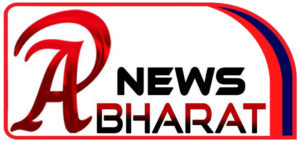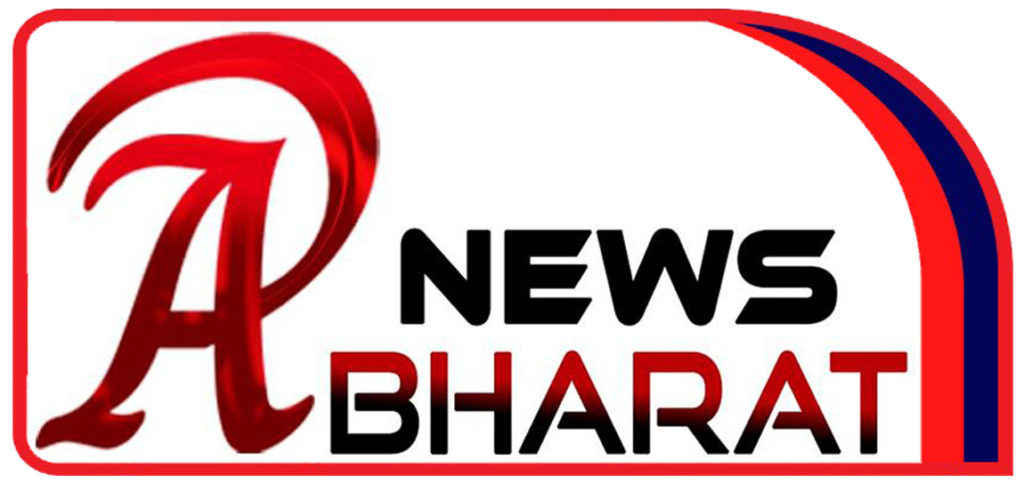Ever since I stumbled onto BRC-20 tokens, my mind’s been spinning a bit. Seriously, Bitcoin’s always been the “store of value” guy, right? But now, with these BRC-20 tokens riding on top of Ordinals, it’s like Bitcoin is trying on a whole new hat—and honestly, it’s kind of wild.
Here’s the thing. At first glance, the idea of minting tokens directly on Bitcoin using Ordinals felt like a quirky experiment. I mean, Bitcoin’s blockchain was never built for fancy token standards like Ethereum’s ERC-20. But then I started digging deeper, and wow, that changed my perspective.
To put it simply: BRC-20 tokens are a new breed of tokens encoded as Ordinal inscriptions on individual satoshis. This means they’re not native smart contracts but rely on Bitcoin’s ordinal theory to track tokens. It’s a clever hack, but also a bit messy under the hood.
Initially, I thought this would be just a novelty, maybe a neat side project for Bitcoin maximalists. But wait—let me rephrase that—it’s actually showing some serious traction lately. People are trading BRC-20 tokens like crazy, even though the ecosystem is still rough around the edges.
Something felt off about the hype though. It’s not just about tech innovation; there’s a social media frenzy behind it too. And yeah, I’m biased, but it reminds me of the early days of NFTs on Ethereum—lots of excitement, some confusion, and a race to figure out what’s really valuable.
Okay, so check this out—if you’re into BRC-20 tokens, you’ll definitely want a wallet that can handle Ordinals smoothly. That’s where the unisat wallet comes into play. It’s built with Ordinals in mind, letting you manage your sats and BRC-20 tokens without jumping through hoops.
Now, here’s a little side note. The way BRC-20 tokens work is fundamentally different from Ethereum’s ERC-20 tokens. No smart contracts here. Instead, the protocol uses JSON data inscribed on sats, which is kinda like embedding tiny notes inside Bitcoin transactions. Sounds simple, but the implications are huge.
It’s fascinating, but also raises questions. For example: how scalable is this really? Bitcoin’s block size and transaction throughput were never designed for these kinds of token operations. On one hand, it’s leveraging Bitcoin’s unparalleled security, but on the other, it’s pushing the limits of what Bitcoin’s network can comfortably handle.
And yeah, I’m not 100% sure this will become mainstream. The community’s split on whether BRC-20 tokens add real value or just create noise. Plus, transaction fees can get high during busy periods, making microtransactions tricky.
But wait, there’s more. The interplay between Ordinals and BRC-20 tokens is kind of like the Wild West right now. Developers are experimenting with new ways to mint, transfer, and track these tokens. It’s messy, sometimes frustrating, but undeniably exciting.
Here’s what bugs me about some wallets out there—they don’t fully support Ordinals or BRC-20 tokens, which fragments user experience. That’s why the unisat wallet stands out—it offers a more seamless bridge between Bitcoin’s base layer and the Ordinals ecosystem.
Another angle worth pondering: what does this mean for Bitcoin’s identity? If BRC-20 tokens gain wider adoption, Bitcoin might morph from a pure value store into a more complex environment supporting decentralized finance and collectibles. That’s both thrilling and a little scary.
Whoa! Imagine Bitcoin as a platform not just for money but for tokenized assets, all secured by its rock-solid blockchain. Actually, wait—that vision isn’t totally new, but BRC-20 tokens might be the first practical step toward it.
But, oh, the trade-offs. Inscribing data onto sats inflates the blockchain size, potentially making full nodes heavier to run. This could impact decentralization if only a few players can afford the resources. On one hand, it’s innovation; on the other, it tests Bitcoin’s foundational principles.
It’s like the network’s balancing act between staying lean and enabling new features. I guess that’s the eternal Bitcoin conundrum.
Check this out—there’s been a surge in BRC-20 token marketplaces and explorers popping up, making it easier for casual users to browse and trade these tokens. Still, the UX is rough compared to Ethereum-based platforms. I’m hopeful, though, that as wallets like the unisat wallet mature, the experience will smooth out.
Something else I noticed: the community is fiercely protective of Bitcoin’s original ethos, so the Ordinals and BRC-20 wave faces some pushback. Some argue these tokens clutter the network without adding meaningful utility. Others see it as Bitcoin’s next evolution.
It’s a real philosophical debate wrapped in technical and economic layers. Personally, I think both sides have valid points. On a gut level, I’m rooting for innovation, but I also want Bitcoin to stay reliable and decentralized.
By the way, the whole process of minting BRC-20 tokens feels a bit experimental. You submit inscriptions via transactions, then rely on off-chain indexers to track token balances. This dependency on external services kinda contradicts Bitcoin’s fully on-chain ideals, but it’s a pragmatic compromise for now.
Ultimately, BRC-20 tokens on Bitcoin Ordinals are a fascinating glimpse into what could be a more programmable Bitcoin. It’s imperfect and still early, but that’s what makes it so intriguing.
For anyone curious about diving in, I’d recommend starting with a wallet tailored for Ordinals—again, the unisat wallet is a solid choice—and experimenting with small amounts. It’s a learning curve, but the potential rewards might be worth it.
So yeah, I’m cautiously optimistic. BRC-20 tokens challenge some long-held Bitcoin conventions, but maybe that’s exactly what this space needs to grow.

